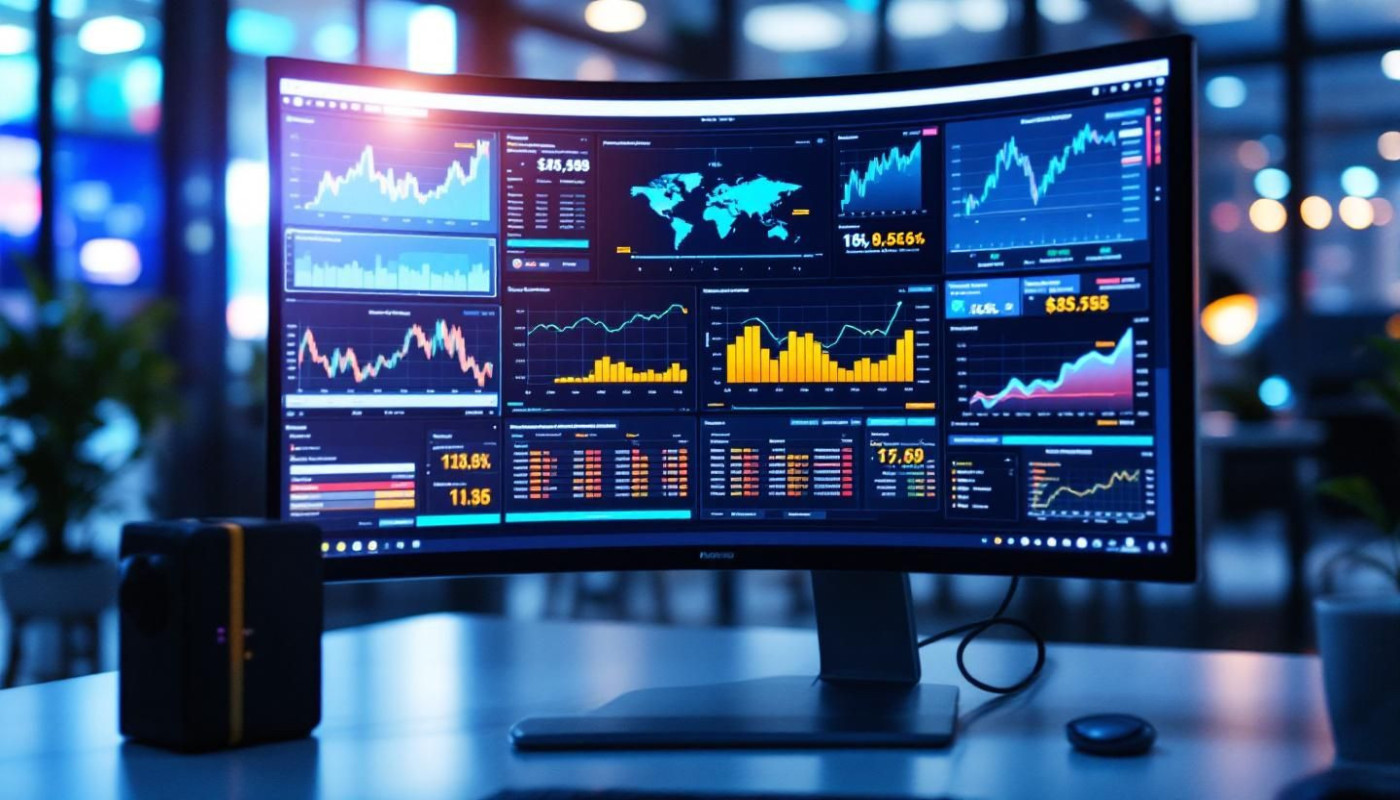Table of contents
Dive into the dynamic world of sustainable fashion and discover how it is reshaping modern lifestyles. As consumers become increasingly eco-conscious, innovative trends are emerging that combine style with environmental responsibility. Explore the following sections to find out which new movements are defining the future of fashion and how they can be seamlessly integrated into everyday life.
Emergence of eco-friendly materials
The fashion industry is witnessing a dynamic shift with the increasing adoption of eco-friendly fabrics, as brands respond to the demand for sustainable clothing. Organic materials such as organic cotton and hemp are gaining preference due to lower pesticide and water use compared to conventional options. Recycled polyester, derived from post-consumer plastic waste, offers a second life for materials that might otherwise pollute oceans or landfills, while bamboo is celebrated for its rapid growth and minimal need for agricultural inputs. These green textiles are not only renewable but also support low-impact production processes that minimize energy consumption and chemical usage. To thoroughly evaluate the sustainability of these innovations, experts employ life cycle assessment, a technical approach that examines the environmental footprint of a material from raw resource extraction through to end-of-life disposal. By prioritizing eco-friendly fabrics and rigorously assessing their impact, the industry moves closer to reducing its carbon footprint and fostering responsible sartorial choices for modern lifestyles.
Digital innovation in fashion
Digital fashion is fundamentally transforming sustainable shopping by integrating advanced fashion technology throughout the industry. Virtual fitting rooms now enable shoppers to try on clothing digitally using their devices, reducing the need for physical samples and returns, which directly cuts down on waste. These virtual experiences utilize the concept of a digital twin, where each garment is accurately represented in a virtual environment, mirroring every detail of fit, fabric, and movement. Virtual fashion shows are also redefining brand engagement, allowing designers to launch collections digitally and reach global audiences while minimizing the environmental impact associated with traditional runway events. In parallel, blockchain transparency solutions are being implemented across supply chains, allowing consumers and brands to verify the sustainability credentials and origins of materials with a level of traceability never before possible. Such integration of digital fashion technology not only elevates consumer experience but also builds trust by ensuring that sustainable shopping decisions are informed and transparent from production to purchase.
Slow fashion movement
The slow fashion movement champions a radical shift from fast-paced consumerism to a culture grounded in mindful shopping and appreciation for quality craftsmanship. Emphasizing wardrobe longevity, this movement advocates selecting ethical garments that are designed to endure both in style and construction, rather than succumbing to fleeting trends. By valuing supply chain transparency, slow fashion encourages consumers to demand clear information about sourcing and production processes, ensuring that every step respects both people and the planet. This conscious consumerism supports brands that prioritize fair labor practices and materials with minimal environmental impact, directly contributing to more responsible and ethical garment creation. Adopting slow fashion not only leads to a more curated, versatile wardrobe, but also reduces waste and promotes a healthier relationship with clothing, making it a pivotal trend for anyone seeking a sustainable lifestyle.
Community-driven fashion initiatives
Community fashion is rapidly evolving, with local makers, clothing swaps, and repair culture at the forefront of sustainable living. Organized projects like neighborhood repair workshops and clothing swap events bring people together, encouraging collaborative consumption—a practice that highlights shared ownership and maximizes resource efficiency. These grassroots movements not only extend the lifecycle of garments but also reduce waste and promote mindful consumer habits. Fashion activism within these circles often inspires wider adoption of sustainable choices, energizing residents to support local economies. Community-driven fashion initiatives empower participants to build skills, foster social connections, and directly influence the shift toward a resilient, eco-conscious fashion ecosystem.
Circular fashion practices
Circular fashion represents a transformative shift in the apparel industry, guided by the principles of the circular economy and expert consensus on sustainable innovation. At its core, this model champions a closed-loop system, where resources are maintained in use for as long as possible, maximizing value before materials are responsibly reused or recycled. Practices such as upcycling breathe new life into discarded textiles, creating unique pieces of upcycled apparel while simultaneously minimizing resource extraction. Clothing rental services and take-back programs further complement fashion reuse by extending garment lifecycles and diverting products from landfills, aligning closely with zero waste fashion ideals. Textile recycling technologies are continually evolving, making it feasible to recover fibers and reintegrate them into the production stream. Consumers looking to participate in these shifts can find inspiration and practical tips from platforms like glory casino login, which highlights current trends and resources for embracing sustainable living.
Similar

Strategies For Maximizing Rewards In Casino-style Games

The Rise Of Online Casinos: What Newcomers Need To Know?

Exploring The Reliability Of Chicken Road 2: A Comprehensive Review

Exploring The Evolution Of Classic Slot Themes And Features

How Modern Technology Ensures Secure Online Casino Experiences?

Maximizing Your Wins In Space-Themed Multiplier Games

How Accurate Are Online Platforms In Detecting Gaming Scams?

Exploring The Benefits Of Welcome Bonuses In Online Gaming

Understanding The Basics Of Online Probability Games

Exploring The Mechanics Of Popular UK Chicken-themed Casino Games

Essential Tips For Efficient And Safe Urban Travel

Exploring The Impact Of Comic Book Stories On PC Gaming Trends

Exploring The Rise Of Street-Themed Casino Games Online

Understanding The Different Payment And Withdrawal Methods In Online Casinos

Exploring The Benefits Of A 100% Deposit Bonus And Free Spins In Online Gaming

Understanding Payment And Withdrawal Options In Online Gambling

Exploring Traditional Japanese Crafts Through Modern E-commerce Platforms

How To Master Plinko Games: Tips And Strategies For Beginners

How Personalized Content Recommendations Enhance User Engagement On Digital Platforms

Strategies For Mastering Online Casino Games

How To Master The Art Of Road-Crossing Casino Games

How Technology Is Enhancing The Online Gambling Experience

Understanding Deposit And Withdrawal Methods For Online Gaming

Exploring The Impact Of Regulatory Changes On Online Casino Games

How To Choose The Best Online Casino Based On Game Providers

Exploring The Evolution And History Of The Plinko Game

How To Maximize Your Earnings From Exclusive Online Casino Bonuses

Exploring The Thrill Of Mobile Casino Gaming: Play Anytime, Anywhere

Understanding The Legalities Of Villa Rentals In Cyprus: A Guide For Owners And Renters

Essential Training Tips For Great Dane Owners

The Evolution Of Ranching: From Traditional Methods To Modern Sustainability Practices

